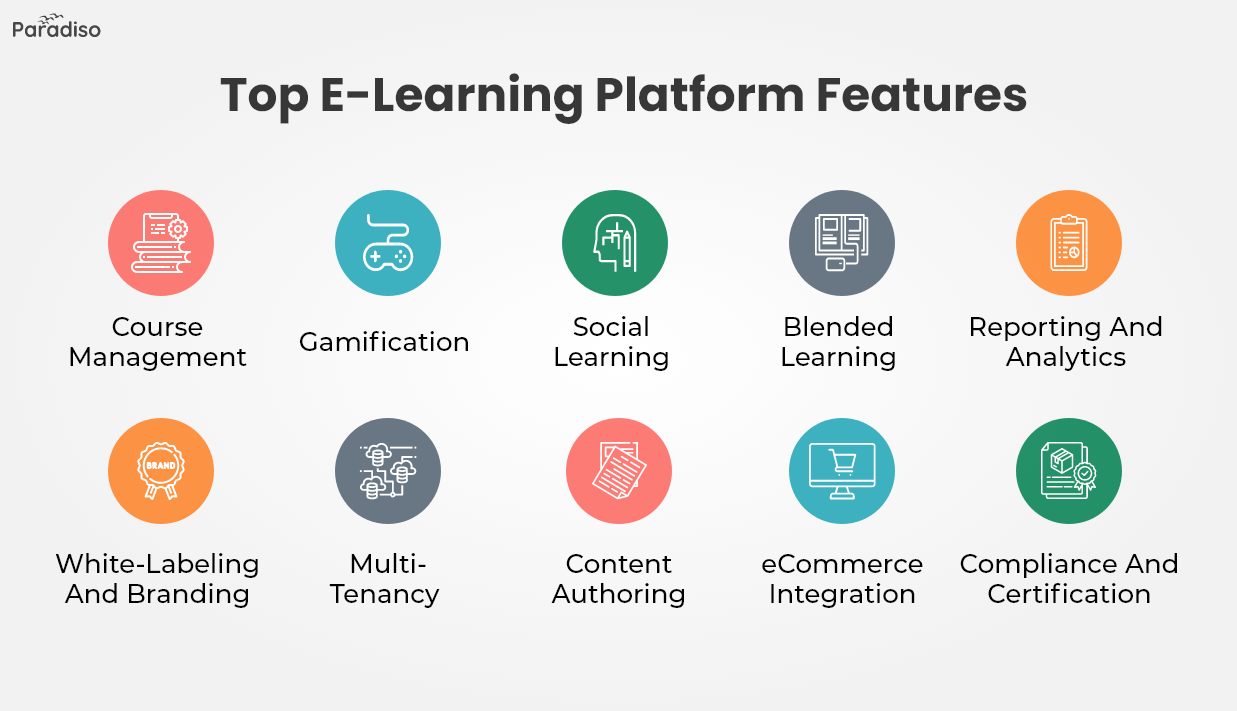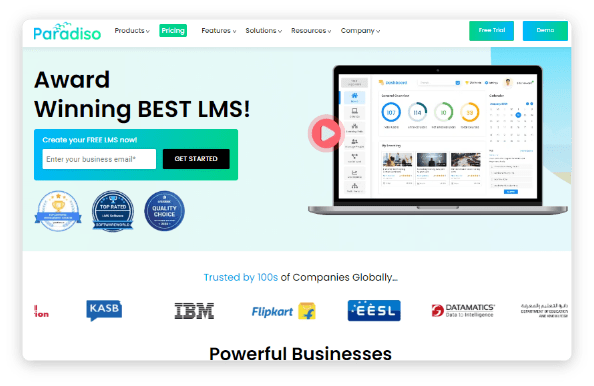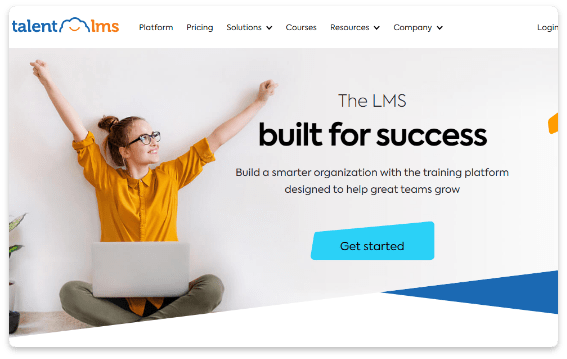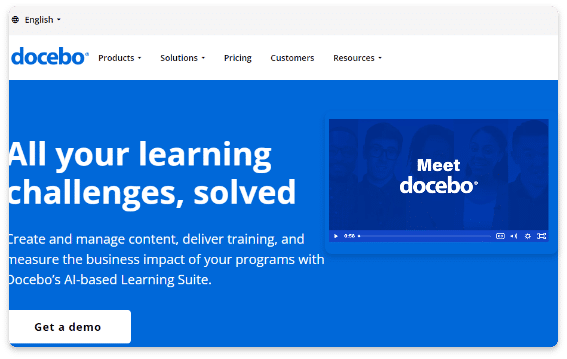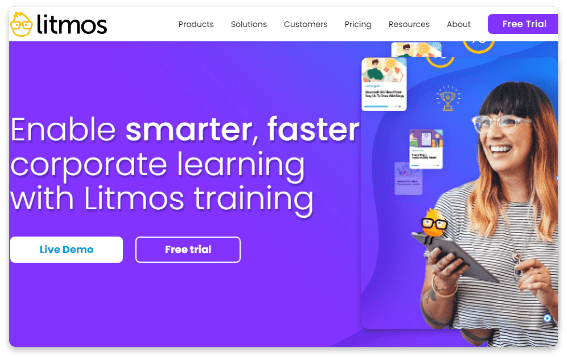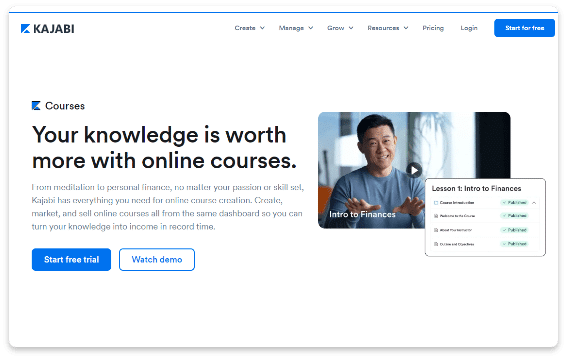Efficient course management lies at the core of any effective elearning platform. It involves organizing, scheduling, and overseeing various aspects of a course, from enrollment to completion. An elearning platform should offer intuitive tools for content uploading, module sequencing, student tracking, and progress monitoring. Effective course management ensures a seamless and structured learning experience for both educators and learners.
Gamification injects an element of fun and engagement into the learning process, motivating learners to actively participate and excel. By incorporating game-like elements such as quizzes, badges, leaderboards, and rewards, elearning platforms can foster healthy competition, boost retention, and encourage a sense of accomplishment. Gamification not only enhances learner motivation but also creates a dynamic and interactive environment conducive to effective knowledge acquisition.
Social learning leverages the power of community and collaboration to enrich the learning journey. Elearning platforms should facilitate discussion forums, chat groups, and peer interactions, enabling learners to exchange ideas, ask questions, and share insights. This fosters a sense of belonging and promotes active engagement, as learners learn from one another’s experiences and perspectives, creating a more holistic learning ecosystem.
Blended learning combines traditional in-person instruction with online elements, striking a balance between physical classroom interactions and digital resources. An elearning platform should support seamless integration of live sessions, video conferencing, and virtual classrooms to create a cohesive blended learning experience. This approach allows for flexibility, personalized learning paths, and accommodating diverse learning styles.
Effective reporting and analytics provide educators and administrators with valuable insights into the effectiveness of their courses and the progress of learners. Elearning platforms should offer comprehensive tracking of learner performance, engagement metrics, assessment results, and completion rates. This data-driven approach enables informed decision-making, allowing educators to refine content and strategies for optimal learning outcomes.
White-Labeling and Branding:
White-labeling and branding features empower organizations and educators to customize the platform’s appearance to reflect their unique identity. This includes the ability to add logos, color schemes, and domain names. A robust elearning platform should offer white-labeling options to maintain a consistent brand image and enhance the credibility of the learning environment.
Multi-tenancy enables the management of multiple separate entities or organizations within a single elearning platform. This is particularly useful for businesses, institutions, or franchises that want to offer customized learning experiences to different groups. A platform with multi-tenancy capabilities allows administrators to oversee various accounts while maintaining distinct branding, content, and user access.
Content authoring tools empower educators to create engaging and interactive learning materials without requiring advanced technical skills. A robust elearning platform should offer user-friendly authoring features such as drag-and-drop interfaces, multimedia integration, and interactive elements like quizzes and simulations. This enhances the quality of learning content and promotes innovative instructional design.
ECommerce integration enables the monetization of courses by providing secure payment gateways, subscription models, and pricing flexibility. For educators and businesses looking to generate revenue from their content, an elearning platform should seamlessly integrate eCommerce features, allowing hassle-free course sales, enrollment management, and revenue tracking.
Compliance and Integration:
An elearning platform should adhere to industry standards and regulations, especially in sectors where compliance is essential, such as healthcare or finance. It should also offer integration capabilities with existing tools and systems, ensuring a smooth transition and data exchange. Compliance and integration features enhance the platform’s adaptability and suitability for various organizational needs while maintaining data security and regulatory requirements.


